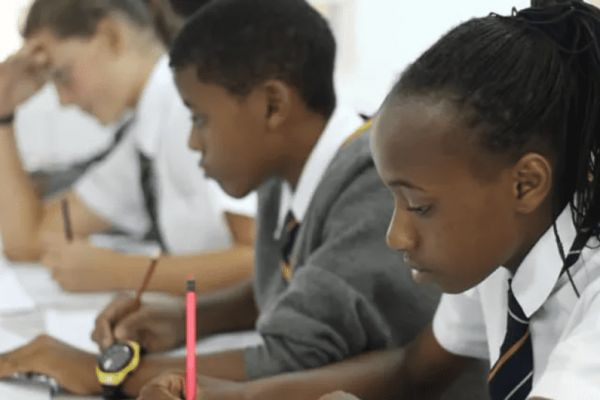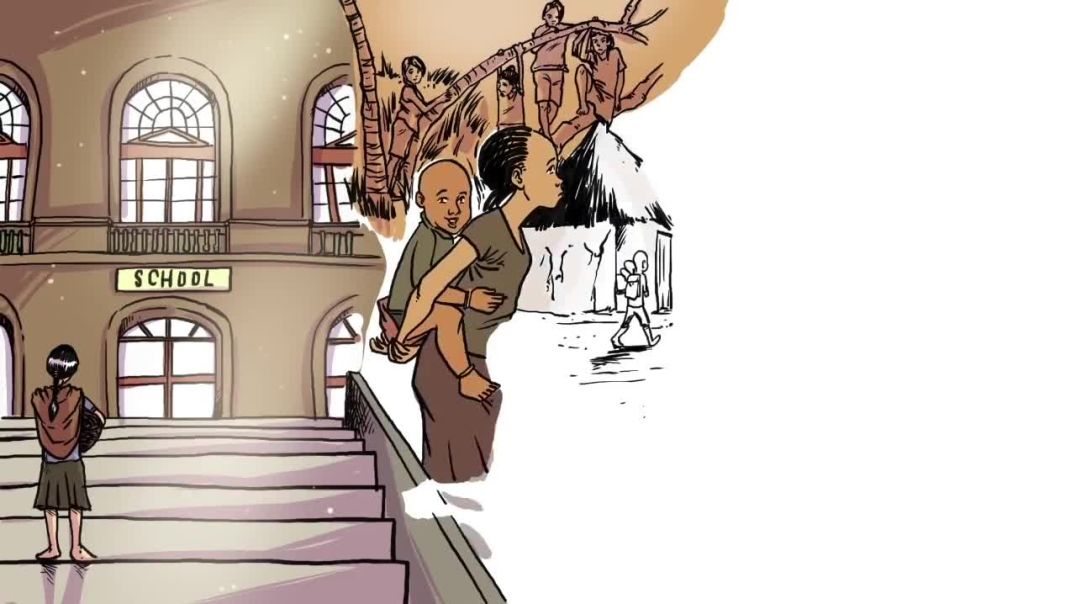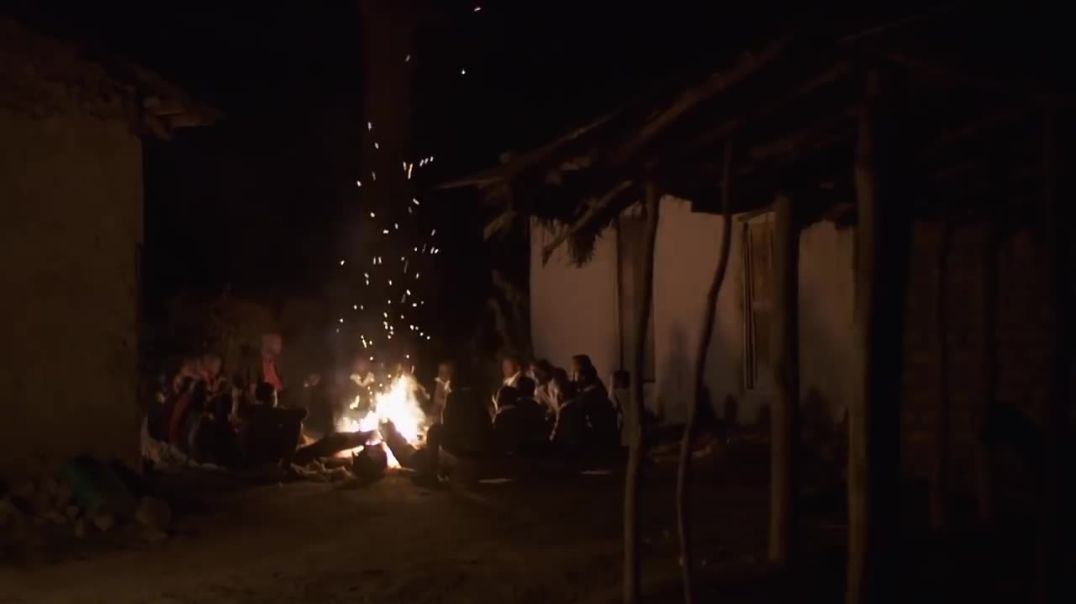Why is it important to have the right to education formally enshrined in law and other instruments?
Around 244 million children and youth are deprived of education worldwide as a result of social, economic and cultural factors. 98 million of whom are in Sub-Saharan Africa, the region with the highest out-of-school population. Yet only 70 per cent of the world’s countries legally guarantee 9 years or more of compulsory education. And an estimated 771 million young people and adults lack basic literacy skills, of which two thirds are women
Education is an empowering right in itself and one of the most powerful tools by which economically and socially marginalized children and adults can lift themselves out of poverty and participate fully in society. To unleash the full transformational power of education and meet international markers of progress such as those of the Sustainable Development Agenda, everyone must have access to it. Binding countries to certain standards by way of law is one way of ensuring access to quality education is widened. Legal guarantees and protection of the right to education are not time-bound (unlike policies and plans). They also ensure that judicial mechanisms (such as courts and tribunals) can determine whether human rights obligations are respected, impose sanctions for violations and transgressions, and ensure that appropriate action is taken.
What are the key legal documents and instruments?
Education as a fundamental human right is enshrined in the Universal Declaration of Human Rights (1948) and many other international human rights instruments. UNESCO’s foremost standard-setting instrument is the Convention against discrimination in education which dates from 1960 and has so far been ratified by 107 States. It is the first international instrument which covers the right to education extensively and has a binding force in international law. The Convention also acts as a cornerstone of the Education 2030 Agenda and Sustainable Development Goal 4 for education adopted by the international community. SDG 4 is rights-based and seeks to ensure the full enjoyment of the right to education as fundamental to achieving sustainable development.
How does UNESCO work to ensure the right to education?
Through its programme on the right to education, UNESCO develops, monitors and promotes education norms and standards in relation to the right to education to advance the aims of the Education 2030 Agenda. It provides guidance, technical advice and assistance to Member States in reviewing or developing their own legal and policy frameworks, and builds capacities, partnerships and awareness on key challenges especially in light of the evolving education context.
It also supports and monitors States in their application of legal instruments, conventions and recommendations through periodic consultations, its online Observatory on the right to education and the interactive tool, Her Atlas, which shows where in the world and to what extent women and girls have their educational rights protected by law. As part of the monitoring, UNESCO also works closely with the UN system and the Office of the High Commissioner for Human Rights.
In addition, it advocates for and promotes the right to education through communication actions as well as research and studies on specific components of this right such as on pre-primary education, higher education, and digital learning.
UNESCO mobilises, develops and fosters global partnerships to raise awareness on key issues such as the right to education of climate-displaced persons, non-state actors in education and the right to education of vulnerable groups.
Who does UNESCO partner with to ensure the right to education?
UNESCO has the lead role and responsibility in the field of the right to education in the United Nations system and cooperates with the following United Nations human rights bodies in monitoring the implementation of treaties and conventions relating to that right:
- Office of the United Nations High Commissioner for Human Rights
- UN Human Rights Committees
- Universal Periodic Review
- UN Special Rapporteur on the Right to Education
- International Labour Organization
UNESCO also acknowledges the importance of non-governmental organizations (NGOS), associations and the intellectual community in international cooperation and has built a network with organizations in its fields of competence including:
- The Right to Education Initiative promotes mobilization and accountability on the right to education and builds bridges between human rights, development and education.
- The International Organization for the Right to Education and Freedom of Education, OIDEL - a non-profit NGO promoting and creating novel educational models and policies and financing options for schools.




